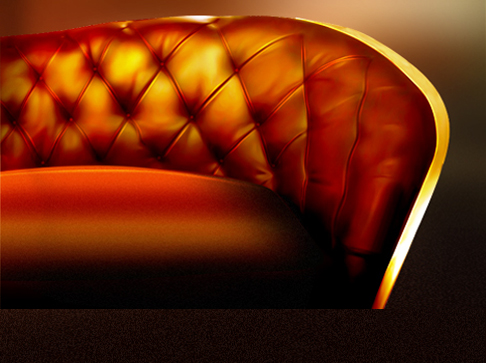By the appointment
Upon designation by the leather is divided into 4 classes: footwear, saddlery, technical and clothes-ware.
For the shoe leather is used two types for the bottom and for the top of shoes. There are leather shoes for the bottom, attached screw and thread-adhesive methods (rantovoe, sewed and glued binding). Such leather - hard to bend and compress the material produced from the skins of cattle, camel, pig, sea animals and horses with different tanning agents.
The leather for the bottom of shoes are classified by type of tanning, nature finish, the thickness of a standard point (5-6 categories - from 1,75 to 7 mm), grade (4 classes) and configuration (entire leather, half leather, etc.) . Typically, for the manufacture of leather bottom shoes use a combination of compounds of chromium tanning, tannins, sintanami, sometimes with the compounds of zirconium, aluminum and chrome tanning leather, etc., despite their high wear resistance, are not widely used due to a number of shortcomings (high absorbency, incontinence shape, low coefficient of friction in the wet, difficulty finishing, etc.).
Leather shoes are manufactured for the bottom soles, insoles and other parts of shoes. The plantar leather should be well resist deformation abrasion, compression and bending, as well as to maintain the linear dimensions on wetting and subsequent drying. Necessary properties of sole leather are provided by the selection of raw hides.
Leather for shoe top - soft material, which is in operation (as well as the manufacture of parts of footwear) is subjected to repeated tension and compression, bending, dust, dirt, chemicals, etc. The leather should have sufficient air and vapor permeability, water resistance.
There are leather for shoe upper chrome tanning and Russia leather. It existed before the separation of leather for shoe uppers on the methods of fixing outdated because Russia leather and leather and chrome tanning are widely used for manufacturing footwear by different methods of fastening. From yufti make top heavy labor or military shoes or sandals.
Saddlery leather used for making belts, holsters, bags, etc. horse equipment (details headband, belts, crossed handbags) harness. For their production using the skins of cattle and pigs. All kinds of leather saddlery generate combined methods of tanning. For the manufacture of parts of the harness (belts, tugs, crosslinking, etc.) use rawhide - belts from which possess high tensile strength.
Technical leather used for making transmission belts, parts for machinery and other technical products. Leather for drive belts made of the hides of cattle (Bull, Rawhide) in the form of housing. They must differ a great tensile strength, density, high elasticity, uniformity in thickness. High elasticity of leather is achieved by the introduction of significant quantities of fattening substances and enhanced stretching saddle and cut strips from them for belts and straps themselves in the process of their manufacture. From the technical leathers make such machinery as the race, twister Sleeves (detail combers), couplings, belts pogonyalochnye looms, gaskets, seals, dividing straps, etc.
Clothes, fancy leather - a soft material, produced from small skins with the use of chrome and combined methods of tanning. Clothing chevrette, featuring a large ductility, made from skins of sheep. In addition, clothing of leather used pork skins. Leather haberdashery should be evenly colored, without breaking, resistant to abrasion. In some cases, they are subjected to stamping (cutting artificial grain). Glove leather made from skins of sheep, goats, foals, pigs, dogs, etc. Such leather should be soft, plastic, viscous.



